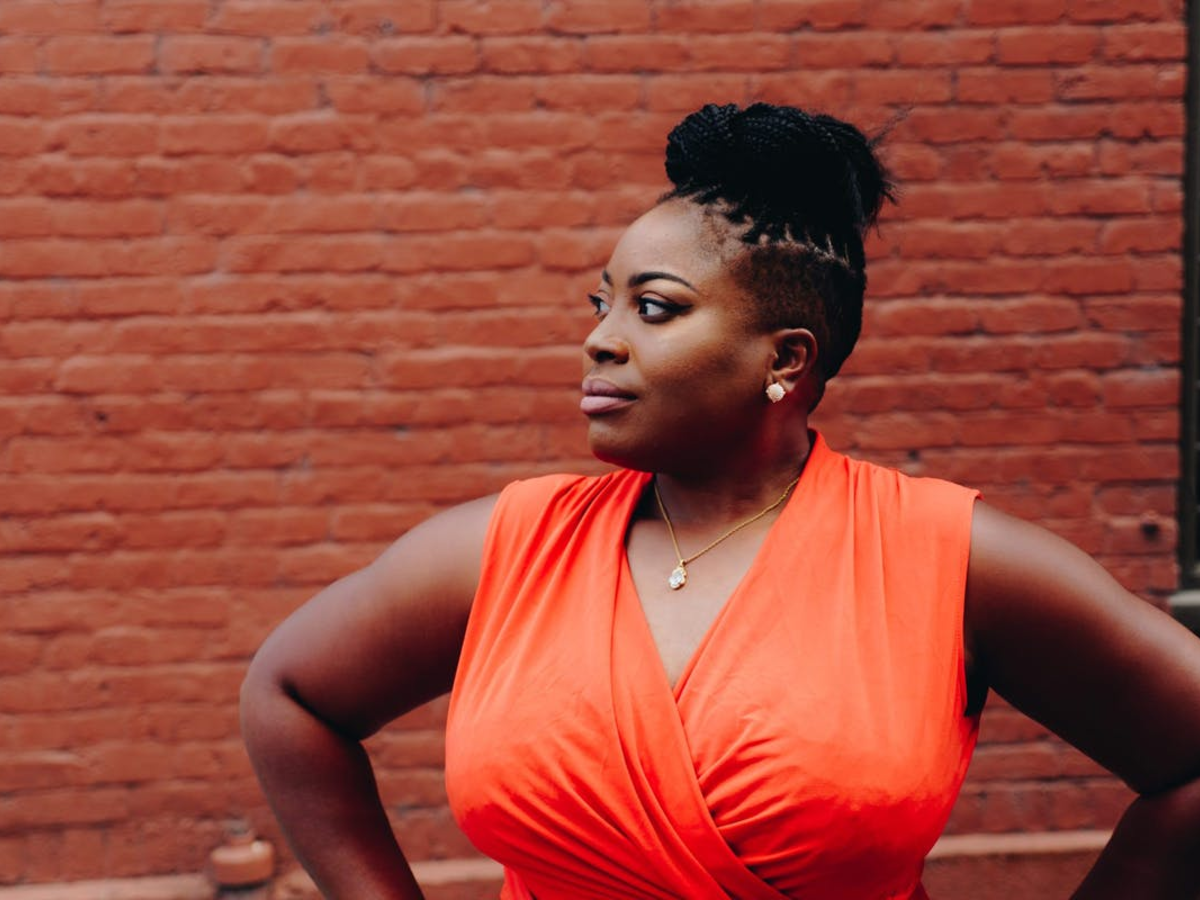Kryptonite—the fictional, yet potent radioactive element that has been woven into Superman and Superwoman’s respective stories for 75 years now— is a well-known danger that every fan or follower of the DC Universe knows weakens and sometimes crumbles these heroes’ immense strength.
Now imagine if Superwoman were Black.
The Center for Behavioral Health Statistics and Quality (CBHSQ) within the Substance Abuse and Mental Health Service Administration (SAMHSA) noted in a 2015 report that women of any racial and ethnic background have higher rates of depression than men, and the same applies to African-American women, who are at a greater risk for depression. The truth is, the rates of depression, anxiety, and feelings of hopelessness, worthlessness, and sadness afflicting African-American women are unknown. According to very limited research, this is either due to poor clinical treatment, misdiagnoses, underdiagnoses, or no diagnosis at all.
Historically, black women have seen and experienced it all, rising with Superwoman-like powers unknown to man and hiding in plain sight. How is this so? Resiliency.
According to the Oxford English Dictionary, “resilience” is defined as the ability to rebound or spring back; the power of something to resume its original shape or position after compression or bending.
The Research Alliance notes that resilience is a concept that encompasses physiological responses, psychological, cultural, and spiritual characteristics which may determine how a person will respond and function in times of stress. Resilience is the “bounce back” to a negative situation; and the ability to adapt to changing or adverse circumstances. Below are some of the characteristics of resilient people as outlined in a 2004 research article written by Dr. Michele Tugade and Dr. Barbara Fredrickson:
- Have a sense of meaning, direction, and purpose and are value-centered, rather than reactive and defensive.
- Realize that the quality of our lives depends on how we focus our energy and our attention. They try to align their thoughts and actions with their values. They know how to motivate themselves to take action.
- Take responsibility for their mental programming, their emotions, and their actions. If they have ineffective ways of thinking and behaving, they evaluate them and make appropriate changes.
- Look at adversity as a challenge rather than as a threat. They realize that no matter how the present situation turns out, they will learn and grow from it.
- Respect themselves and other people. They have a spirit of cooperation, looking for win-win solutions rather than trying to win over other people or ignoring their own wants and needs because of fear.
- Show gratitude for the good things in their lives.
- Know how to let go of things they have no control over.
Building resilience is a personal journey that includes: (1) establishing and nurturing healthy relationships that create love and trust, provide role models, and offer encouragement and reassurance; (2) demonstrating a positive self-view and self-confidence in personal strengths and abilities; (3) harnessing skills in effective communication and problem solving; and (4) delineating the capacity to manage strong feelings and impulses.
So, what does resiliency look like? It looks like Georgia’s 6th District Congressional Candidate Lucy McBath, mother of Jordan Davis, the 17-year old gunned down while visiting family in Florida. It is seen in Michael Brown’s mother, Lesley McSpadden, who at 37, earned her GED after dropping out as a teenager to care for her child. Resiliency also looks like former high school valedictorian Stacey Abrams, who, despite having grown up under poor economic circumstances, has the potential to become the first female governor in the State of Georgia and the first black female governor in the country. Resiliency looks just like you and me and anyone who has faced an adverse situation yet persevered through the mountains of Krypton as we fly through this journey called life.
We should continue to focus on addressing the various mental health challenges afflicting diverse populations. However, let us not forget the concept of resilience and its important role in preserving one’s positive mental health while leveraging the hidden strengths within us in the way that we care for ourselves and others.
Edited by Kisha B. Holden, PhD, MSCR, Glenda L. Wrenn, MD, MSHP, and Brittaney J. Bethea, MPH, CCPH.
Allyson S. Belton, MPH, is an Associate Project Director in the Satcher Health Leadership Institute (SHLI) at Morehouse School of Medicine (MSM). Glenda L. Wrenn, MD, MSHP is an Associate Professor in the Department of Psychiatry and Behavioral Sciences at MSM and the Director of the Kennedy-Satcher Center for Mental Health Equity within SHLI. Kisha B. Holden, PhD, MSCR, is a Professor in the Department of Psychiatry and Behavioral Sciences at MSM and the Interim Director of SHLI. Brittaney J. Bethea, MPH, CCPH is the Director of Marketing and Communications for Research and Community Engagement at Morehouse School of Medicine.


